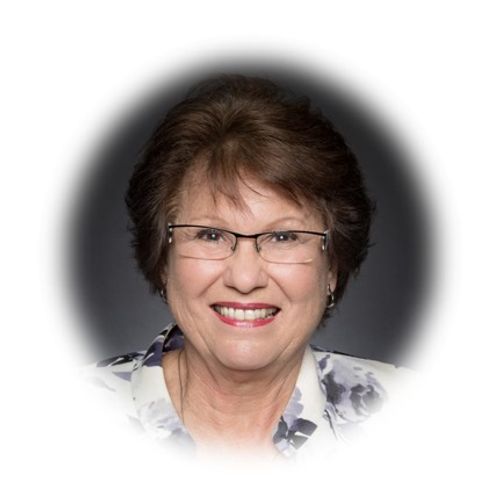Big Picture Thinking
Big Picture Thinkers
“As we think, so we lead” Part 1
There are several ways to learn big picture thinking. One way is to learn how to lead through ambiguity.
James Hollis, American psychoanalyst
Quick definition: ambiguity arises when there is uncertainty in our next steps, when the process is vague or perhaps could go in two different ways with neither being right or wrong to get to an intended outcome.
Pema Chodron, Buddhist nun in the Tibetan tradition
Here are three things about big picture thinkers:
1. Big picture thinkers have learned how to be comfortable with the kind of ambiguity I just shared. Not because they don’t care about the details, but because they have learned that there are time when big picture thinking is essential, particularly when headed into an unknown future.
2. Big picture thinkers learn to juggle different options without having to find “the one” that is perfect or right. Not because they are indecisive, but rather they have chosen to embrace the idea that having varied experiences, taking risks, learning from and helping others along the way expands their thinking.
3. Big picture thinkers stay focused on the outcome rather than trying to control every detail – every rock, vine and root along the way. I am not in any way suggesting that this kind of thinking moves a leader away from their core values but rather this kind of grounded leadership empowers a move towards thinking differently when the situation calls for it.
Julian Baggini, British philosopher
If you are in a place where you need to be innovative, where you are looking for ideas and solutions to big problems, or where additional creativity is needed, consider pursuing the elements that will help you learn how to be a big picture thinker. You can start today with getting comfortable with ambiguity. Real ambiguity
If you want to cultivate the ability to think big picture, then you must get used to embracing and dealing with complex and diverse idea.
John Maxwell, leadership expert and author
The title of this series in the Art of Leadership is called “As We Think So We Lead”. If you haven’t before, let me encourage you to consider thinking as a self-contained, autonomous activity. There is and will always be a need for thinkers.
Resource:
Maxwell, J. (2009). How Successful People Think. Center Street: New York, p.8.
To discuss ways to advance your own growth as a thinker, reach out to me at www.healthyleadershp.online. As a certified coach I would love to help you on your journey.

